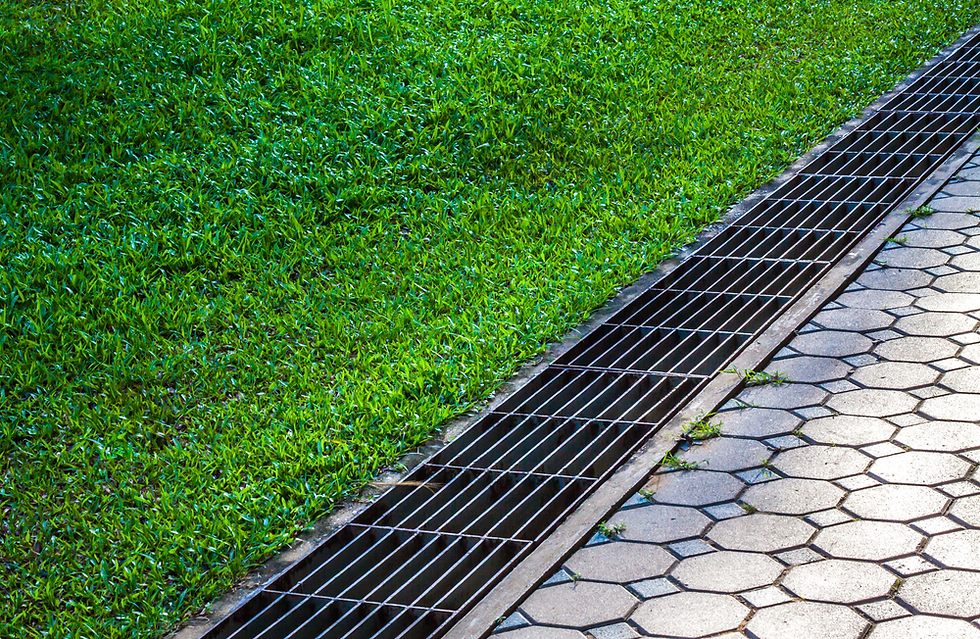A Complete Guide to Home Window Tinting
- Mark Simon
- Sep 26, 2018
- 3 min read
A window tint is one that protects the interior of the house from extreme weather conditions and thereby makes the inner decor of the house and its environment comfortable for its inhabitants. Often, old houses with very poor window conditions opt for new window replacements rather than home window tinting, making the whole process very expensive and not very aesthetic for the house. It is therefore rather advisable to spend money on home window tinting if the windows are not entirely dilapidated. The whole process of home window tinting is cost effective and yields better and quicker results than new window replacements.
Types of home window tinting:
Decorative window tints: make the house and the windows resplendent with colors and enhance the beauty of the house decor.
Safety and security window tints: are primarily used for preventing the entry of mosquitoes and fleas, and prevention of theft or robbery through windows
Solar window tints: make the atmosphere of the house bright and hygienic, also prevent the scorching heat waves from entering the house and thus save energy.
Frost window tints: They provide privacy in the house. However, a disadvantage of this form of home window tinting is that while the people outside cannot peep inside, the people inside too cannot have a knowledge of what is going on inside. These are used for more private areas such as bathrooms and meeting or conference rooms.
Glare reduction window tints: They can be applied on monitors or LED TV’s to reduce reflection and the blinding effect of bright lights emitted by the same.
Technicalities of The Process of Home Window Tinting:
Take proper measurements of your window before you cut out your window tint.
Spray a soapy-water solution on the window. Use a razor blade to sharpen edges and remove glue or gunk and paint from the window surface.
Spray soapy-water solution and use a glass-friendly scourer to clear out the dust off the window. Use a squeegee to remove the soap and water from your window surface.
Repeat this until no drop of water is left on the surface of the window.
Reel the line of paper off the tint to expose the adhesive, and avoid touching the glue, otherwise, a sheet of tint will be wasted.
Put the tinted paper gently on the window and press it in all directions to ensure that it is properly placed.
Put some more spray of a soapy-water solution on the tint. With the help of a razor blade trim of the excess film of tint and shape it according to the shape of the window.
With a squeegee rub off the excess water that might stay inside the film, because once it dries up, everything on the inside is going to stay.
Use a hard-card to put the edges off the glass and use the same to remove the excess water. Make use of a micro-fiber cloth to wipe up the window and let the tint stay like it is for at least 8 hours.
Advantages of home window tinting:
Protects the house from the harmful UV rays of the sun and tames the heat outside, making the house cooler.
Is very cost efficient and is more effective than the remodeling of the new windows.
Designer tints make the house resplendent with colors and frost window tints often can be used as blinds.
Home window tinting often acts as a glare-reducing agent and reduces the effect of bright lights on electronics such as monitors and LED TV’s
It acts as a power saver, maintains a consistent climate in the house, increases security and protects glasses from breakage.
Home window tinting is far more cost efficient than remodelling of old windows and yields better results. Home window tinting has multi-faceted good effects and therefore should be used more often in modern day lifestyle.




.png)





Comments